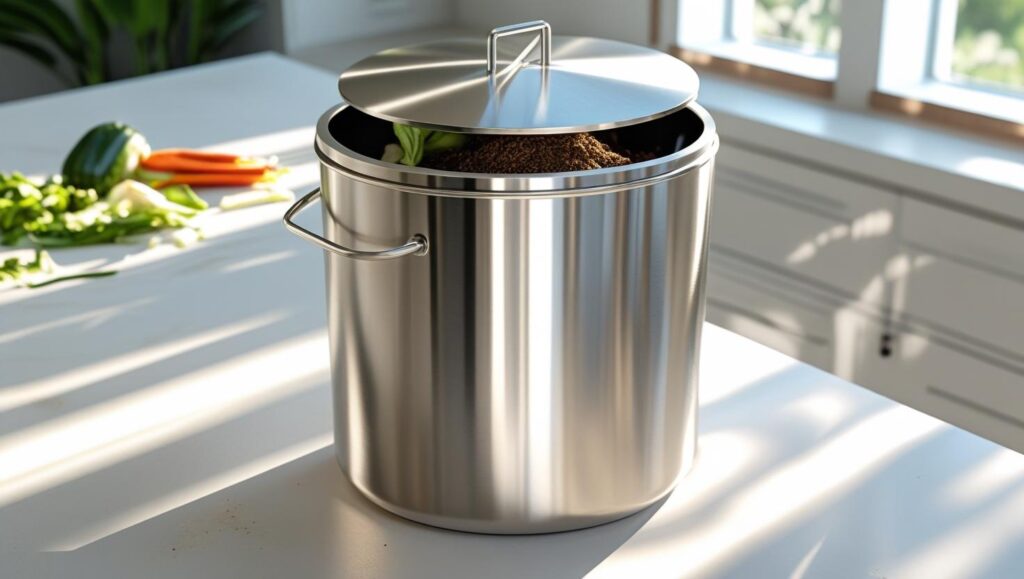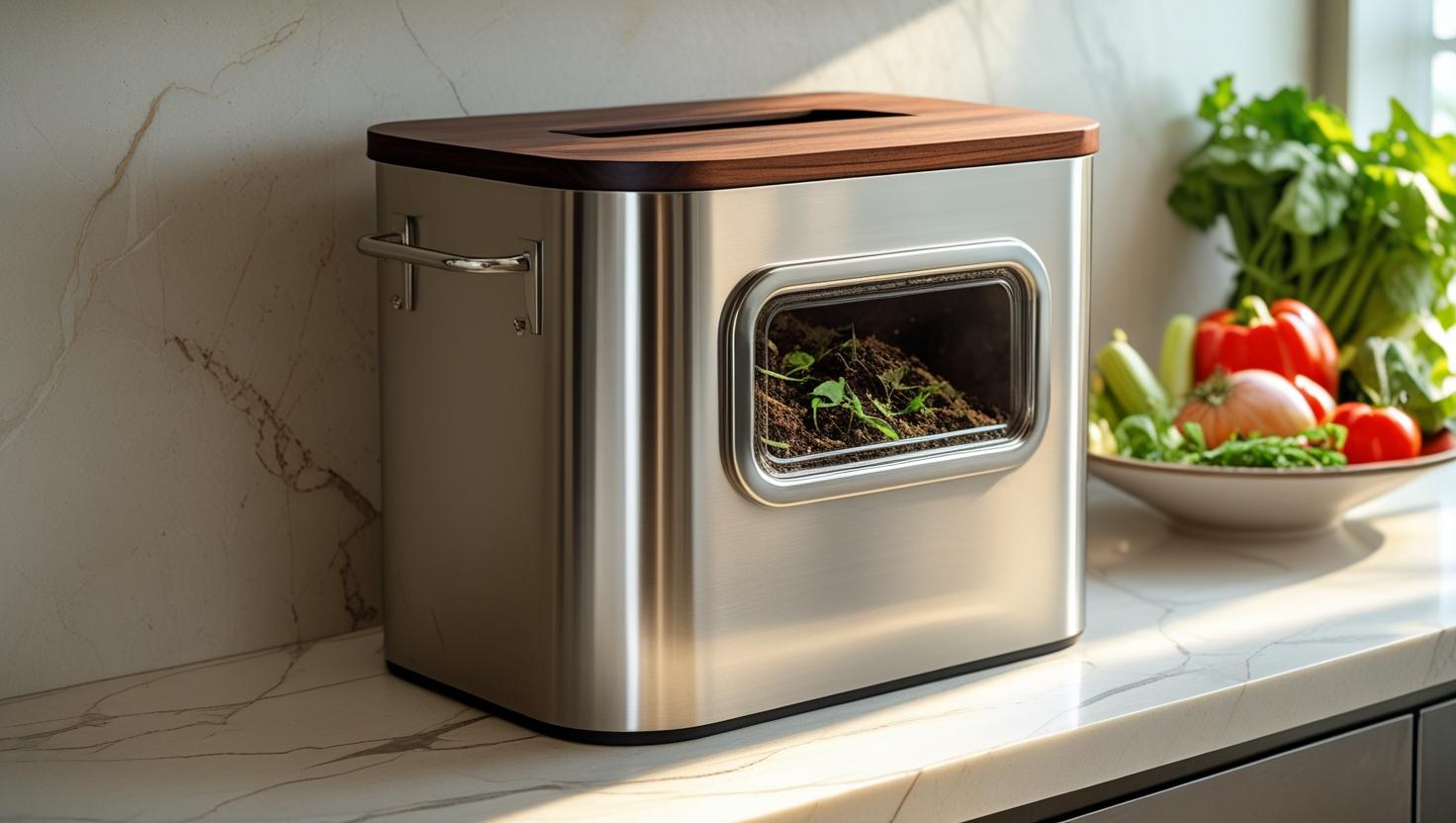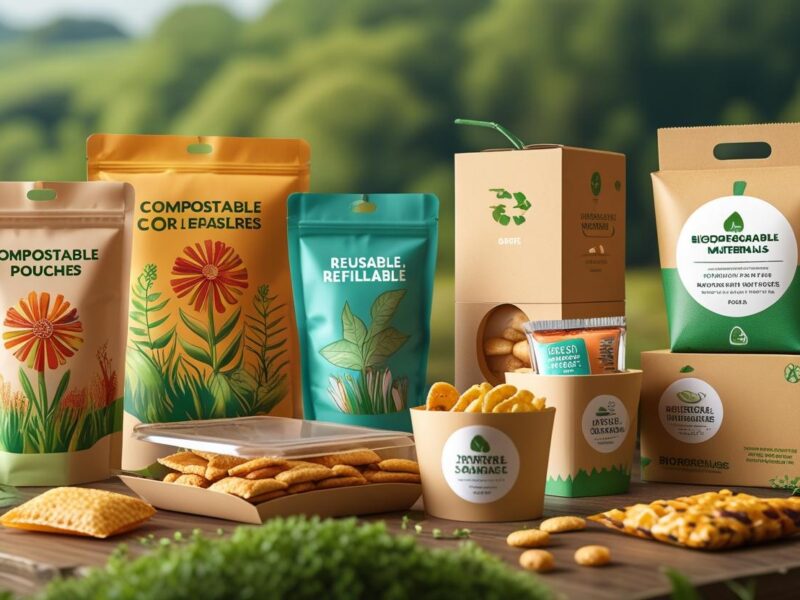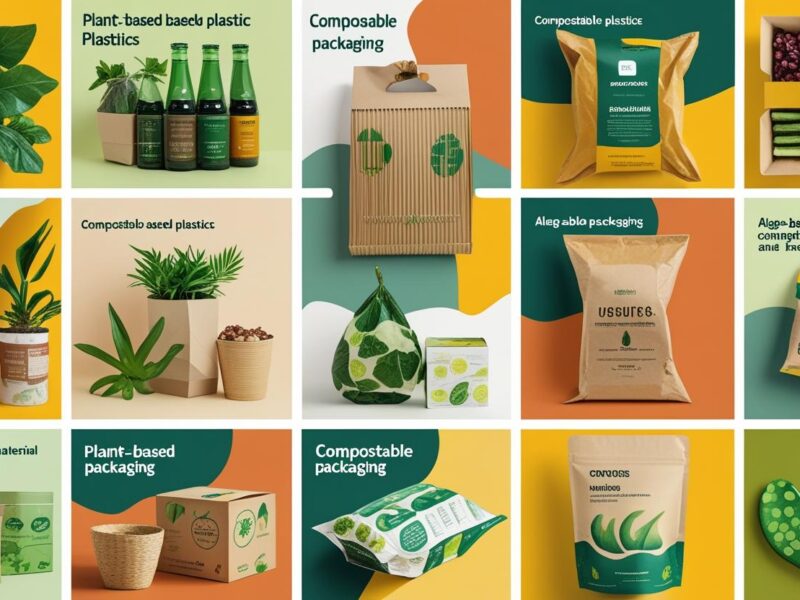Looking for the best kitchen compost bin? Discover top-rated options, features, and tips to make composting at home easier and more efficient.

Why You Need the Best Kitchen Compost Bin
Composting is one of the easiest and most sustainable ways to reduce waste and contribute to a healthier environment. If you’re looking to recycle your kitchen scraps like vegetable peels, coffee grounds, and eggshells, a kitchen compost bin is an essential tool. Not only does it help keep your kitchen organized, but it also ensures that food waste doesn’t end up in a landfill.
But with so many options available, how do you choose the best kitchen compost bin for your needs? In this article, we’ll walk you through everything you need to know about selecting, using, and maintaining the best compost bin for your kitchen. From size and materials to odor control and ease of use, we’ll cover it all.
What Is a Kitchen Compost Bin?
A kitchen compost bin is a container designed to collect food scraps and organic waste that can be composted. These bins allow you to store your kitchen waste in an odor-free, compact, and convenient way until you can transfer it to your outdoor composting system or municipal composting service.
Kitchen compost bins vary in size, design, and material, but the primary goal is to provide a space for you to safely collect and store food scraps for composting. Many of these bins also include features like charcoal filters to control odors, secure lids to keep pests out, and easy-to-clean designs for a hassle-free composting experience.
Key Features to Look for in the Best Kitchen Compost Bin
Choosing the right kitchen compost bin involves considering several factors that will make your composting experience more efficient and convenient. Here are the key features you should look for when selecting the best kitchen compost bin:
1. Size and Capacity
Consider how much food waste you typically generate and how often you plan to empty your bin. A small, countertop-sized bin may be sufficient for individuals or small families, while a larger bin may be needed for larger households or people who cook frequently.
2. Odor Control
One of the biggest concerns with kitchen composting is odor. The best kitchen compost bins feature built-in odor control mechanisms, such as activated charcoal filters or tight-fitting lids, to minimize smells and keep your kitchen fresh.
3. Material
Kitchen compost bins come in various materials, including stainless steel, plastic, bamboo, and ceramic. Each material has its advantages and disadvantages:
- Stainless Steel: Durable, easy to clean, and resistant to rust and stains.
- Plastic: Lightweight and affordable, but may retain odors over time.
- Bamboo: Eco-friendly and attractive, though less durable than stainless steel.
- Ceramic: Elegant, odor-resistant, but can be heavy and fragile.
4. Ease of Cleaning
Choose a compost bin that is easy to clean. Many bins feature smooth interiors that can be wiped down quickly, while others come with removable liners for easier cleaning.
5. Ventilation
Proper airflow helps prevent excess moisture build-up and encourages faster decomposition. Some bins include ventilation holes or slats that allow air to circulate and maintain optimal conditions for composting.
6. Pest Control
A good compost bin will have a secure lid to keep out pests like fruit flies and rodents. Some bins also include additional features like locking mechanisms to prevent the lid from accidentally coming loose.

Types of Kitchen Compost Bins
Choosing the right type of compost bin depends on your specific needs. Here are the most common types:
1. Countertop Compost Bins
These bins are compact and designed to sit on your kitchen counter, making it easy to collect food scraps while cooking. Countertop compost bins come in a variety of materials, including stainless steel, bamboo, and plastic, and are perfect for small spaces.
Pros:
- Compact and easy to store
- Great for small households or apartments
- Convenient for quick food scrap collection
Cons:
- Need to be emptied regularly, depending on waste volume
- May not hold large amounts of waste
2. Under-the-Sink Compost Bins
For those with limited counter space, under-the-sink compost bins are a practical solution. These bins can be discreetly placed under the sink, allowing you to keep your kitchen neat while still composting your food scraps.
Pros:
- Hidden from view, keeping your kitchen looking tidy
- Larger capacity than countertop bins
Cons:
- Less convenient for quick access while cooking
- Can be more difficult to clean and maintain
3. Compost Pails with Handles
Compost pails are portable bins that typically come with handles for easy carrying. They are often larger than countertop bins and may be designed for use in larger households or for those who generate more waste.
Pros:
- Larger capacity for more food waste
- Easier to carry outside for disposal or transfer to larger composting systems
Cons:
- Takes up more space in the kitchen
- Can be bulkier and heavier than countertop bins

Top Picks for the Best Kitchen Compost Bin
After considering the features and types of compost bins available, here are some top-rated kitchen compost bins that stand out for their quality, functionality, and design:
The Epica Stainless Steel Compost Bin
This sleek, stainless steel compost bin features a 1.3-gallon capacity, making it ideal for small to medium households. Its durable construction is rust-resistant, and it comes with a charcoal filter to keep odors at bay.
Why it’s great:
- Durable stainless steel
- Comes with an odor-controlling charcoal filter
- Easy to clean and maintain
Bamboozle Compost Bin
Made from eco-friendly bamboo, the Bamboozle Compost Bin is stylish, functional, and ideal for small kitchens. It includes an activated charcoal filter to eliminate odors, and its compact design fits neatly on countertops.
Why it’s great:
- Sustainable and eco-friendly material
- Attractive design
- Odor control with activated charcoal filter
Simplehuman Compost Bin
Simplehuman is known for its sleek, high-quality kitchen products, and its compost bin is no exception. With a convenient handle for easy transportation, a tight-sealing lid, and a durable stainless steel exterior, this bin offers both function and style.
Why it’s great:
- Highly durable and rust-resistant
- Secure, airtight lid to prevent odors
- Easy to carry and empty
OXO Good Grips Easy-Clean Compost Bin
For those who want a user-friendly, easy-to-clean compost bin, the OXO Good Grips bin features a smooth interior and a convenient lid that locks in place. Its ergonomic handle makes it easy to carry, while the bin’s size makes it perfect for kitchens with limited space.
Why it’s great:
- Smooth, easy-to-clean interior
- Comfortable, ergonomic handle
- Ideal for small kitchens

How to Use and Maintain Your Kitchen Compost Bin
Once you’ve selected the best kitchen compost bin for your needs, it’s important to understand how to use it effectively and keep it in top condition.
1. Collecting Food Scraps
Start by collecting organic kitchen waste, such as fruit and vegetable peels, coffee grounds, eggshells, and tea bags. Avoid composting meat, dairy, or oily foods, as these can attract pests and cause unpleasant odors.
2. Use a Compostable Liner
To make cleaning easier, use compostable liners or bags that fit your bin. These liners will help contain the scraps and make it easier to dispose of the waste when the bin is full.
3. Empty Regularly
Depending on how much food waste you generate, empty your compost bin regularly. When full, transfer the waste to your outdoor composting system or municipal composting service.
4. Clean Your Bin
Cleaning your compost bin regularly is crucial to avoid odors and maintain hygiene. Most kitchen compost bins are easy to clean with warm water and soap. If necessary, wipe the interior with a disinfecting wipe to prevent the build-up of bacteria.
FAQs About Kitchen Compost Bins
What types of food scraps can I compost in a kitchen bin?
You can compost fruit and vegetable scraps, coffee grounds, tea bags, eggshells, and other organic materials. Avoid composting meat, dairy, or oily foods.
How do I prevent odors in my kitchen compost bin?
Choose a bin with a charcoal filter or a tight-fitting lid to keep odors contained. You can also sprinkle baking soda on the bottom of the bin to help absorb odors.
How often should I empty my kitchen compost bin?
Depending on the size and your waste production, empty your bin at least once a week or whenever it’s full. If you’re using compostable liners, they make transferring the waste easy.
Can I compost in an apartment?
Yes, you can compost in an apartment with the right kitchen compost bin. Compact bins, like countertop models, are ideal for small spaces.
Do I need to buy a special compost bin liner?
While you don’t need a liner, using compostable bin liners makes it easier to manage waste and clean the bin. They also help prevent leakage and odors.
Start Composting with the Best Kitchen Compost Bin
Composting at home is a simple yet impactful way to reduce waste, nourish your garden, and promote sustainability. The right kitchen compost bin can make the process easier, cleaner, and more efficient. Whether you choose a sleek stainless steel model, an eco-friendly bamboo bin, or a functional plastic option, make sure it fits your kitchen’s needs and your composting goals.


